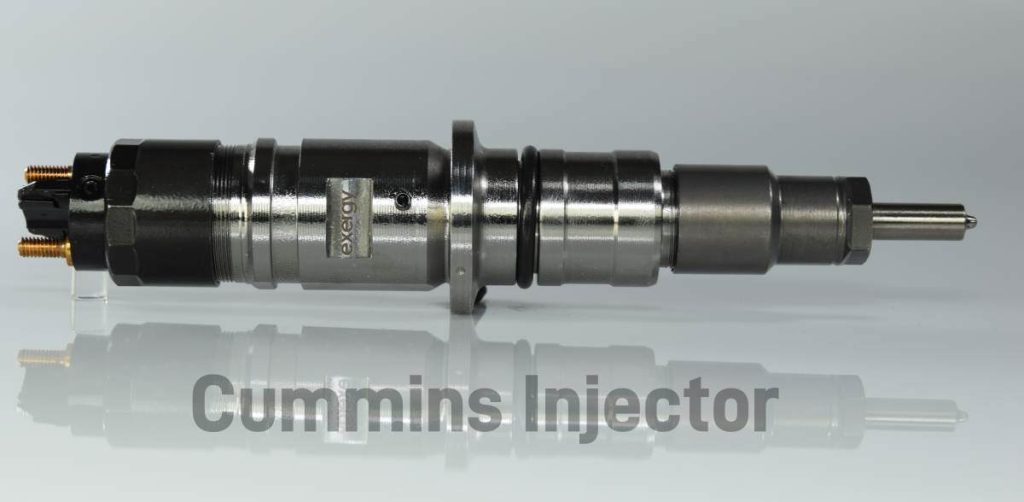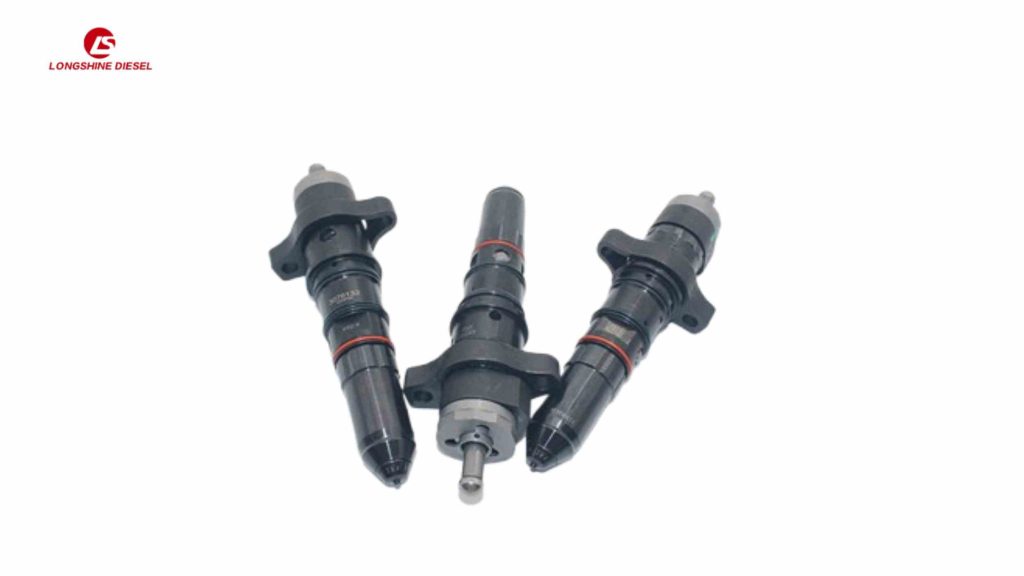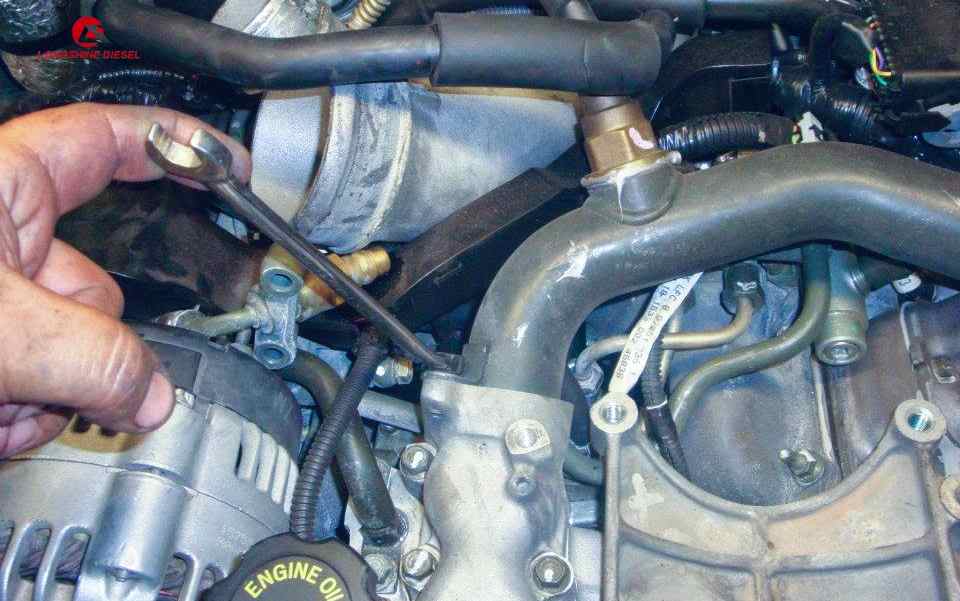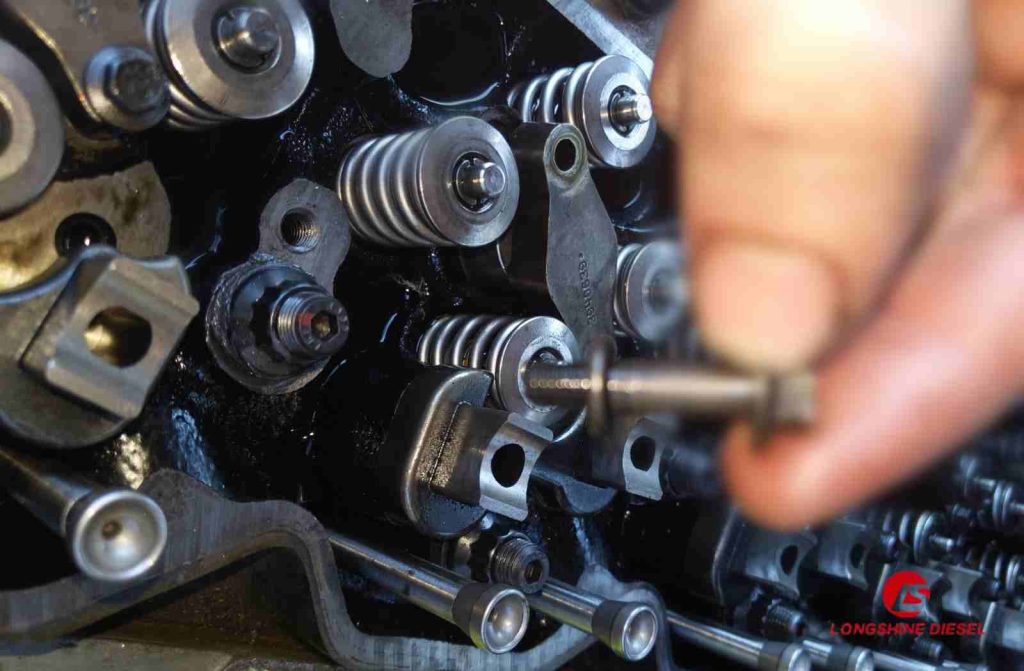What Is The Torque On The 6.7 Cummins Injectors?
For many friends who come into contact with 6.7 Cummins engines, the torque value of the fuel injector is an unavoidable issue. Whether it is maintenance and repair or replacement of parts, having accurate torque data is of vital importance. If the torque is incorrect, it may not only affect the engine performance but also cause damage to parts, resulting in more unnecessary expenses. Now, let’s clarify the torque issue of the 6.7 Cummins injector step by step, so that you can have more confidence when operating it in practice.
Torque Value Differences Of 6.7 Cummins In Different Years
First of all, it should be clear that the torque values of the fuel injectors of 6.7 Cummins engines produced in different years vary, which is closely related to the iterative upgrading of engine technology.

- For the 2007-2012 model years
The torque value is typically around 45-50 N·m (approximately 33-37 ft-lbs). The fuel injector structure of this generation of engines is relatively traditional, and the sealing method mainly uses metal gaskets. This torque range can just ensure that the gasket is fully in contact, neither causing fuel leakage due to being too loose nor damaging the gasket due to being too tight. After tens of thousands of bench tests by the manufacturer, this range enables the fuel injector to operate stably on the engine during that period, adapting to the fuel pressure and injection frequency at that time.
- Model year 2013-2020
The torque parameter has been adjusted to 50-55 N·m (approximately 37-41 ft-lbs). This change is not made casually, as this generation of engines has upgraded the high-pressure common rail system. The fuel injection pressure has increased from the previous 1600bar to 1800bar, and the internal pressure on the fuel injectors is greater. To cope with higher pressure, the manufacturer has thickened the connection flange between the fuel injector and the cylinder head, and the corresponding torque also needs to be increased to ensure a tight seal under high pressure.
- New models from 2021 to present
The official calibrated torque has been updated to 55-60 N·m (approximately 41-44 ft-lbs). Nowadays, engines pay more attention to the balance between emissions and power. The fuel injectors adopt a brand-new electronically controlled valve group, which is smaller in size but more precise than the previous models. To adapt to the new installation structure and ensure stability under high-frequency injection, the torque was fine-tuned again. This value enables the fuel injector to remain stable even under conditions with greater vibration.

Torque Variations Of 6.7 Cummins In Different Production Batches
However, even for models of the same generation, there may be slight torque differences among fuel injectors from different production batches – just like for the same model of mobile phone, the battery life of different batches may vary by a few minutes, and the principle is similar. This is usually due to minor adjustments made by the accessory supplier, such as a slightly higher hardness of the bolt material in a certain batch or a slight change in the elastic coefficient of the sealing gasket. In such cases, the manufacturer will make a fine adjustment of ±1 N·m to the torque.
Want to check the exact value of a specific batch? Try these two methods
- Check the markings on the fuel injectors. Some batches will be directly marked. For instance, on the metal nameplate on the side of the fuel injector, apart from the model number, there might be words like “T: 52N·m”, which indicates the recommended torque for this batch.
- Log in to the Cummins official website and enter the product serial number in the “After-sales Support” section to check. The serial number is usually on the plastic label at the tail of the fuel injector, consisting of 8 digits and letters. After input, detailed parameters of the individual can be seen, including precise information such as torque.
6.7 Cummins Injector Torque Value Differences In Different Conditions
Apart from the year and batch, the torque requirements for fuel injectors vary under different conditions. Just like wearing shoes, the tightness felt in new and old shoes is different, and the “force” needed is also distinct.

- Installation of brand-new fuel injectors: The initial torque must strictly adhere to the corresponding year’s standards, which is the foundation for subsequent stable operation. Before installation, it is important to note that you should first tighten the bolts by hand until they can no longer be tightened, and then use a torque wrench to start applying force from this position. This is to avoid the “dummy position” caused by using the wrench at the very beginning, which may affect the value. Moreover, during installation, it should be tightened in two steps. The first time, tighten it to 70% of the standard value. Wait for 10 minutes to allow the seal to fully deform, and then tighten it to the standard value. This way, the sealing performance will be more reliable.
- After repair and reinstallation: Simple inspections (such as cleaning the fuel injectors and replacing the filter screen) can follow the new installation standards. If the internal core components (such as the armature and valve needle) are replaced, adjustments may be required in accordance with the new standards. Because the fit clearance of the new parts is different from that of the old ones, for instance, after replacing the valve needle with a new one, the force-bearing points inside the fuel injector may change slightly, and the torque may need to be 1-2 N · m higher than before to ensure sealing.
- After replacing the seal: Operate according to the specific torque. If the original factory rubber sealing ring is replaced, the torque will be the same as when it is newly installed. However, if it is a third-party polytetrafluoroethylene sealing ring, since this material has better temperature resistance but slightly poorer elasticity, it is recommended that the torque be 2 N · m higher than the standard value. This step cannot be taken lightly; otherwise, under high-temperature conditions, the sealing ring is prone to oil leakage due to insufficient pressure. In severe cases, it may lead to an increase in carbon deposits in the engine.
How To Measure And Verify The Torque Value In 6.7 Cummins
Knowing the specific values, how can we accurately measure and verify them? This step is also crucial, just like the “heat control” when cooking. If it’s a bit off, the taste won’t be right.
When measuring, a suitable torque wrench should be used:
When choosing the right specification, the torque of 6.7 Cummins fuel injectors is mostly between 40 and 60 N·m. A wrench with a range of 5 to 100 N·m is the most suitable, as it offers higher precision. If a wrench with a too wide range (such as 0-300 N·m) is used, the error may exceed 3 N·m.
Insert the square joint of the wrench completely into the hexagonal head of the fuel injector bolt to ensure it is not loose. Then, apply force slowly, with an increase of 5 N·m per second being appropriate. Stop immediately when the wrench makes a “click” sound. At this point, the value is accurate.

Key points to avoid misjudgment
- Torque wrenches need to be calibrated regularly. It is recommended to calibrate them every 50 uses or every six months. Calibration can be carried out by professional institutions or by yourself using standard weights for testing. For instance, you can hang an object of known weight at the end of the wrench to see if the reading is accurate.
- Apply force steadily and avoid sudden exertion. Some people, eager for speed, apply force suddenly. This can cause the bolt to be subjected to excessive force instantaneously. Although the wrench doesn’t sound, the actual torque may have exceeded the standard, which can easily lead to the bolt being stretched and deformed.
- Before measurement, clean the oil stains and impurities on the bolts and connection parts. If there is oil stain on the bolt, the wrench is prone to slipping, resulting in the applied force not being fully exerted on the bolt. As a result, the measured value will be smaller than the actual one, posing a hidden danger.
Common Questions And Answers Related To Torque Values
- Unit conversion: N·m and ft-lbs are the two most commonly used torque units. Many imported wrenches are marked with ft-lbs. Their conversion formula is 1 N·m≈0.7376 ft-lbs. For instance, after conversion, 50 N·m is 50×0.7376≈36.88 ft-lbs. In actual operation, it can be turned at 37 ft-lbs without any problem.
- Why are there minor adjustments: The torque of the same engine may be slightly adjusted in different maintenance scenarios, mostly due to changes in parts brands, engine wear, etc. For instance, if a third-party fuel injector housing is replaced, its wall thickness may be 0.1mm thinner than that of the original factory. At this point, the torque needs to be reduced by 1-2 N · m to prevent the housing from being fractured. If the engine has been in use for more than 100,000 kilometers and there is slight wear on the cylinder head threads, the torque can be increased by 2 N · m to ensure the connection strength. The purpose of all these is to match the best working condition.
- The consequence of inaccurate torque: This is a point of concern for many people. If the torque is too small, there will be a gap between the fuel injector and the cylinder head. Fuel will seep out from the gap. On the one hand, this wastes fuel; on the other hand, the fuel that seeps to the outside of the cylinder block will be dried up by high temperatures, forming carbon deposits that block the heat dissipation holes. If the torque is too large, it will deform the metal base of the fuel injector, causing the internal valve core to get stuck, resulting in unstable idle speed and weak acceleration of the engine. In severe cases, it may even damage the threaded holes of the cylinder head, and the repair will cost over a thousand yuan.
Final Thoughts
In conclusion, understanding the torque value of 6.7 Cummins injectors is of great help for daily maintenance and troubleshooting. Remember, the torque value is not a cold number but the “balance point” that ensures the stable operation of the engine. Only by operating in accordance with the standard can your engine be both powerful and durable. I hope this information can be of help to you, making it easier for you to handle fuel injector problems.
